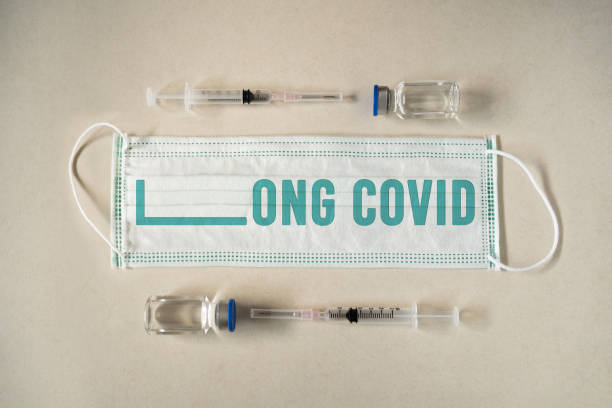Long COVID, also known as post-acute sequelae of SARS-CoV-2 infection (PASC), remains a significant global health challenge in 2025. While the acute phase of COVID-19 may resolve within weeks, many individuals continue to experience persistent symptoms for months or even years. This article explores the latest understanding of Long COVID, including its symptoms, treatment options, and approaches to recovery.
Symptoms of Long COVID
Long COVID presents with a diverse range of symptoms, affecting multiple organ systems. Some of the most commonly reported symptoms include:
Neurological and Cognitive Symptoms
- Brain fog (difficulty with concentration and memory)
- Headaches
- Sleep disturbances
- Dizziness or postural orthostatic tachycardia syndrome (POTS)
Respiratory Symptoms
- Shortness of breath
- Persistent cough
- Reduced exercise tolerance
Cardiovascular Symptoms
- Heart palpitations
- Chest pain
- Autonomic dysfunction
Musculoskeletal and Fatigue-Related Symptoms
- Chronic fatigue syndrome (CFS/ME-like symptoms)
- Muscle weakness and joint pain
- Post-exertional malaise (PEM)
Gastrointestinal and Immune Symptoms
- Nausea, bloating, and altered bowel movements
- Autoimmune-like responses
- Increased susceptibility to infections
Treatments for Long COVID
As research into Long COVID advances, treatment approaches have become more personalized, addressing specific symptoms and underlying mechanisms.
Pharmacological Treatments
- Anti-inflammatory drugs: Used to manage chronic inflammation associated with Long COVID.
- Antiviral therapies: Some studies suggest that persistent viral reservoirs may contribute to symptoms, leading to trials of antiviral treatments.
- Neurological support medications: Low-dose naltrexone (LDN) and antihistamines have been explored for symptom relief.
- Autonomic nervous system stabilizers: Beta-blockers and IV saline therapy may help those with POTS and dysautonomia.
Lifestyle and Holistic Approaches
- Dietary interventions: Anti-inflammatory and gut-friendly diets may alleviate symptoms.
- Graded exercise therapy (GET) vs. pacing: While controversial, pacing (energy management to prevent crashes) is recommended over aggressive exercise.
- Cognitive rehabilitation: Programs designed to improve brain fog and cognitive function.
- Mental health support: Addressing anxiety, depression, and PTSD through therapy and mindfulness techniques.
Recovery and Prognosis
Recovery from Long COVID varies widely among individuals. Factors influencing prognosis include age, pre-existing health conditions, and access to early intervention treatments. Some patients recover within months, while others experience long-term disability. Ongoing research aims to uncover biomarkers and targeted therapies to accelerate recovery.
Conclusion
Long COVID remains a pressing medical issue in 2025, with millions still seeking effective treatments and recovery strategies. While advancements in research offer hope, continued efforts in diagnosis, personalized treatment, and supportive care are crucial for improving patient outcomes.
References
Davis, H. E., Assaf, G. S., McCorkell, L., Wei, H., Low, R. J., Re’em, Y., … & Akrami, A. (2023). Characterizing long COVID in an international cohort: 7 months of symptoms and their impact. EClinicalMedicine, 38, 101019. https://doi.org/10.1016/j.eclinm.2023.101019
National Institutes of Health. (2025). Long COVID research updates. https://www.nih.gov/long-covid-research
World Health Organization. (2025). Post COVID-19 condition (Long COVID). https://www.who.int/news-room/fact-sheets/detail/post-covid-19-condition
Zhang, H., Penner, N., & Shojaei, M. (2024). Persistent SARS-CoV-2 presence and immune dysregulation in Long COVID: Mechanisms and therapeutic strategies. Nature Medicine, 30(4), 567-579. https://doi.org/10.1038/s41591-024-02567-9


